The future is green, but is it infrared?
The way in which we heat our homes remains a hot topic as the UK looks towards its target of net-zero emissions by 2050. Homes currently account for about 17% of the UK’s greenhouse gas emissions, which is why gas-fired boilers are planned to be phased out by the UK Government in 2035.
As well as the effort to decarbonise the UK, the sharp rise in energy costs has also accelerated the need for innovation within the heating industry. With many households facing fuel poverty, it is now a critical time for technology to step in to offer alternative solutions.
In terms of modern solutions for decarbonising home heating, heat pumps are proving popular but there’s another type of innovation being trialled throughout the UK. That is, heating by utilising infrared technology.
The infrared Market
The market for infrared technology has experienced massive growth and this looks set to continue. Infrared technology was exclusively used in security and defence applications but it’s rapidly making inroads into non-military markets. The technology has gradually become more accessible and is now present in solutions we use every day.
Is infrared a heating solution?
Typically, households are currently heated using convection heating, where the surrounding air is slowly warmed throughout a room. Infrared heating works very differently, heating up objects its waves directly touch, rather than warming the air. This is the same kind of heat emitted by the sun and would give the same feeling as when the sun heats your skin on a sunny but cold day. The attractiveness of this technology is that it is much quicker and cheaper to install than a heat pump or traditional gas boiler and is particularly suitable for small properties.
There are some interesting ways that infrared is being trialled throughout the UK currently:
Infrared Wallpaper
Electric infrared wallpaper is a thing, and it is being rolled (excuse the pun) out throughout the UK! Early adopters are enjoying having their homes heated by infrared waves. This solution replaces radiators within a house and instead uses metallic sheets that are hidden behind the plaster of the walls, which are connected to the mains electricity.
A big benefit of this heating solution is that you can choose to heat only one room at a time, using an app. This reduces the amount of energy being used as you’re not heating rooms that are not in use. Pairing this solution with solar technology would offer near net zero carbon emissions for households. There may be health benefits with adopting this technology as well, electric wallpaper is thought to produce better air quality in properties as it doesn’t dry out the air so much and generates less mould. Poor air quality and mould has been linked to health problems highlighted by a recent case, the two-year-old who died as a result of mould in a social housing flat.
According to Nexgen Heating, a British manufacturer of the paper, an electric wallpaper system would cost around £4,000 to install in a typical three-bedroom home.
British home builders Barratt Homes has recently trialled electric wallpaper in its show homes.
Infrared heating panels
Newcastle City Council and its partner Equans (a low-carbon energy service provider) are piloting infrared heating panels in social housing. Two terraced council properties in the city have been fitted with infrared heating panels and smart heating to see if these can successfully reduce tenants’ energy consumption and energy bills while providing a good user experience.
Infrared heating is emitted from a panel, then travels through space until it reaches an object or surface. The panel uses electricity and only requires fitting on a wall or ceiling.
Nesta will investigate the two households’ experiences of the new system throughout the winter of 2022-2023.
Here at UK Electronics we’re keeping a close eye on infrared technology and we’re keen to see how early adopters of the technology have found it from a heating perspective. We expect to see this increasingly popular technology used more in applications in the future.

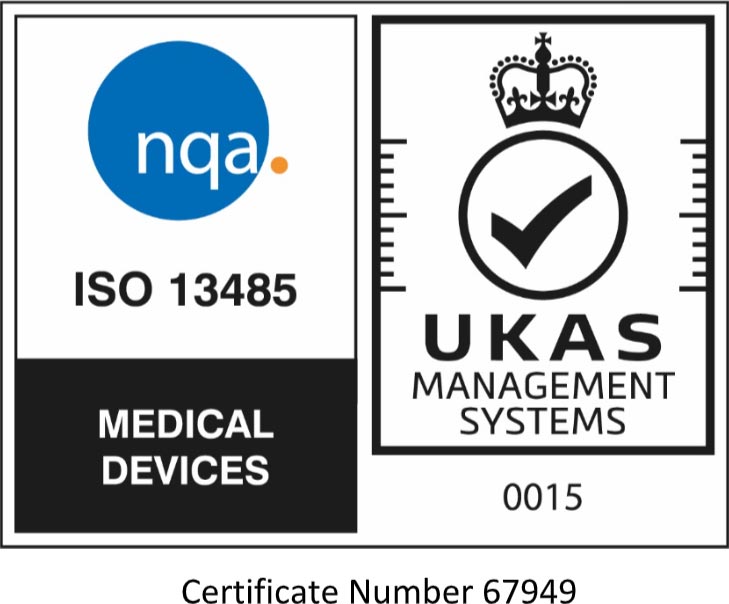
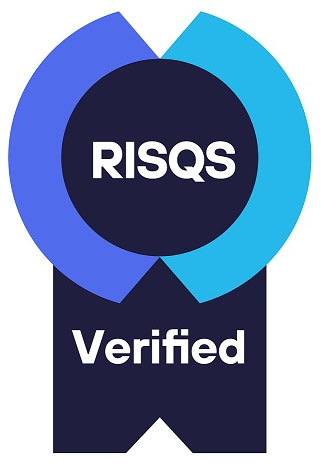




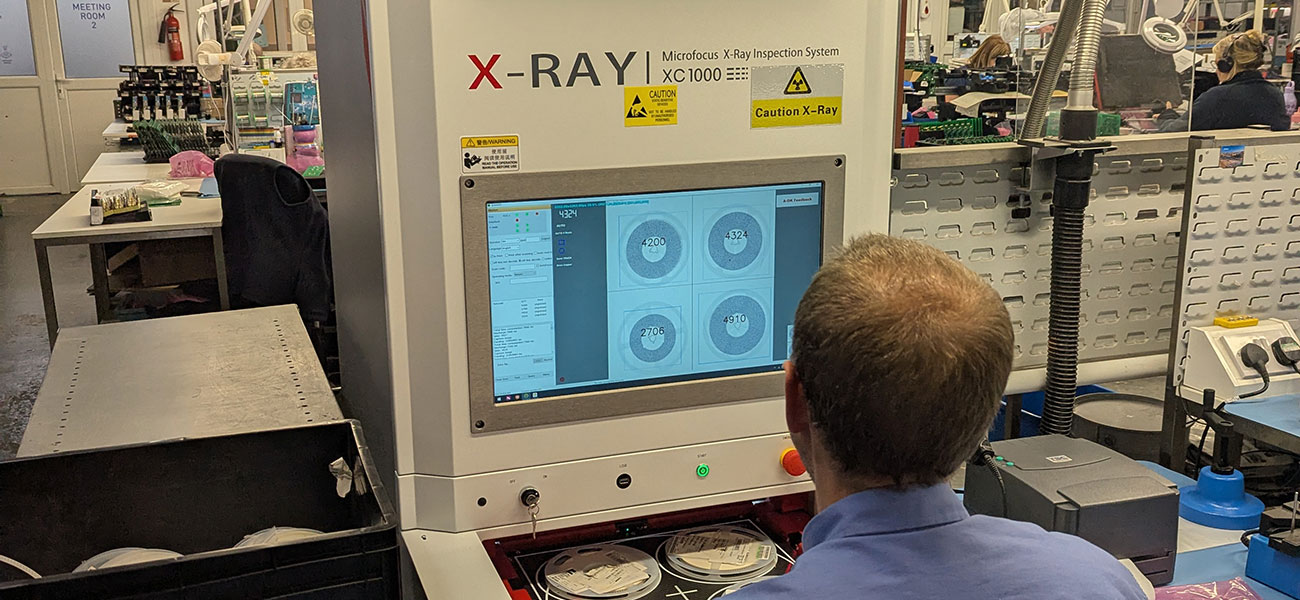
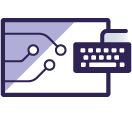 PCB Design
PCB Design 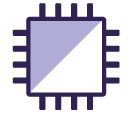 Electronic Assembly
Electronic Assembly 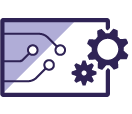 PCB Prototyping
PCB Prototyping  EMC Testing
EMC Testing 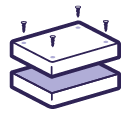 Box Build
Box Build 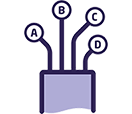 Cable Assembly
Cable Assembly